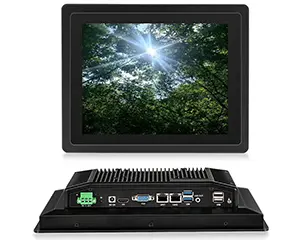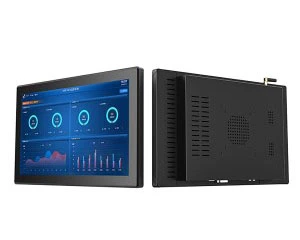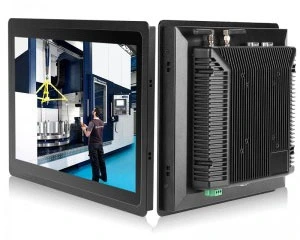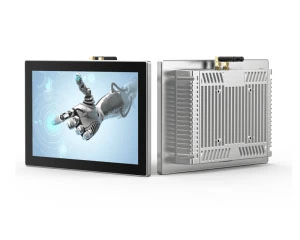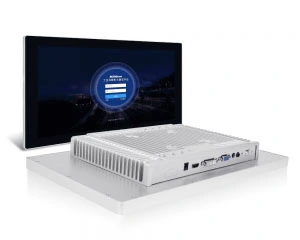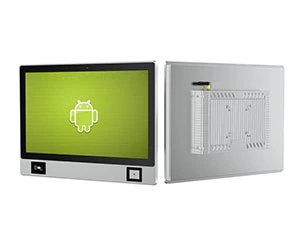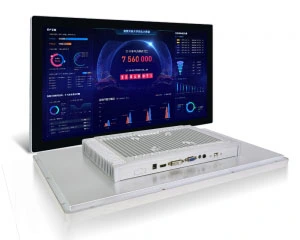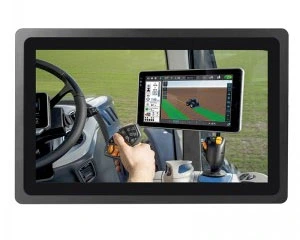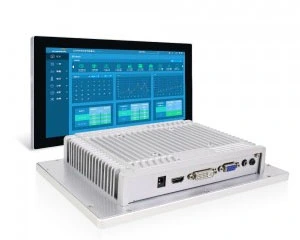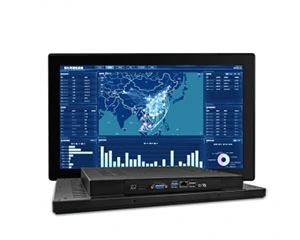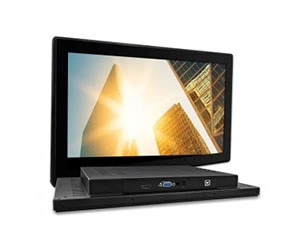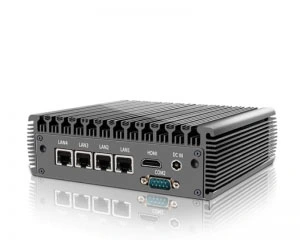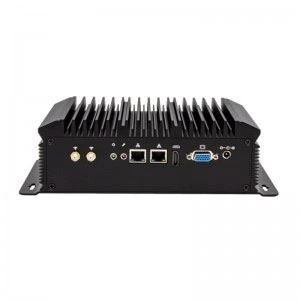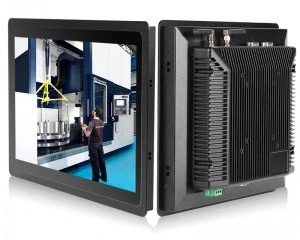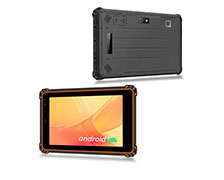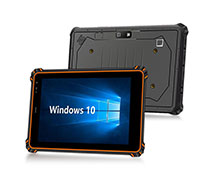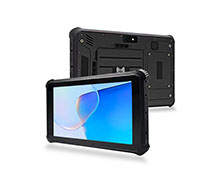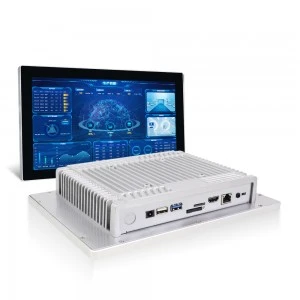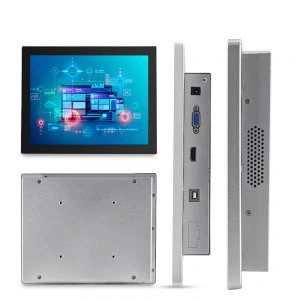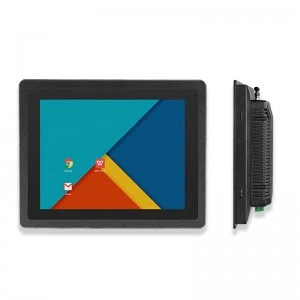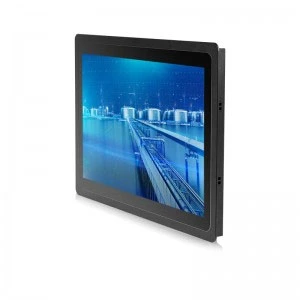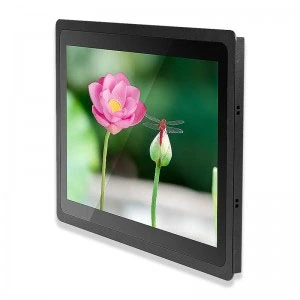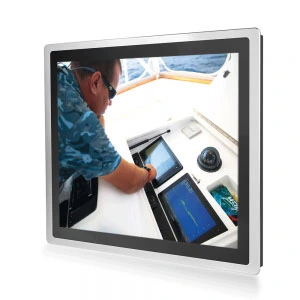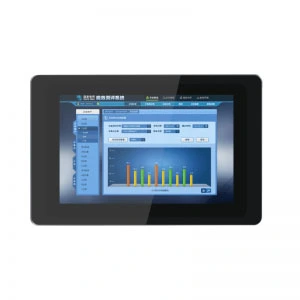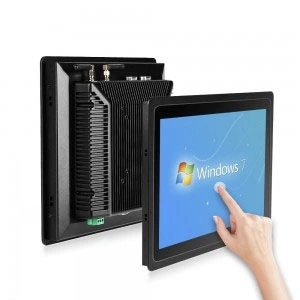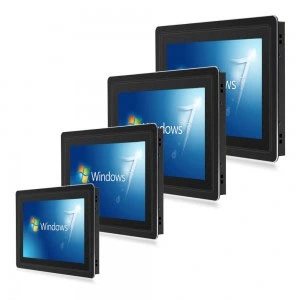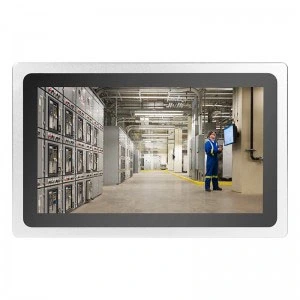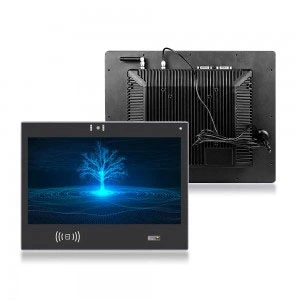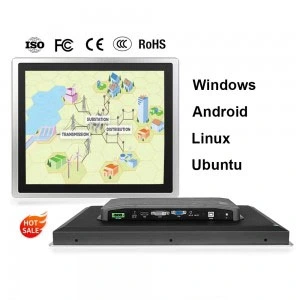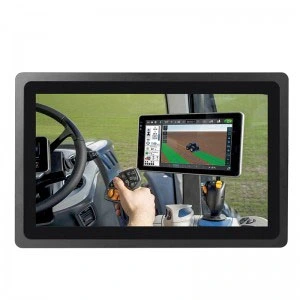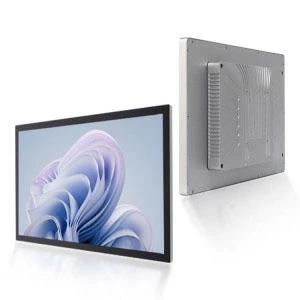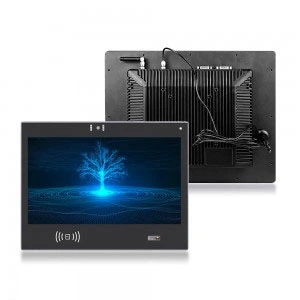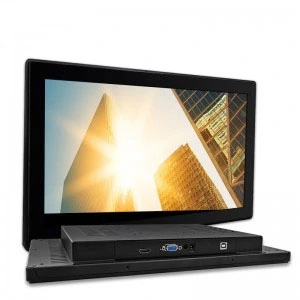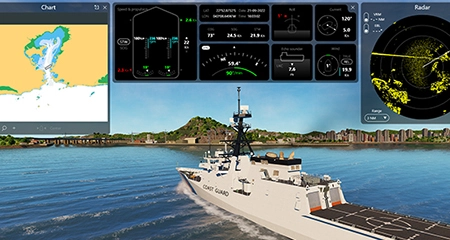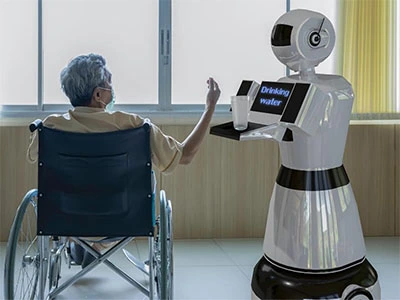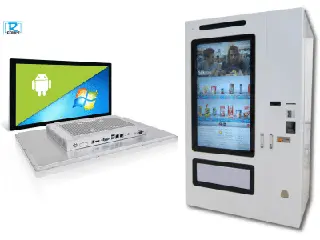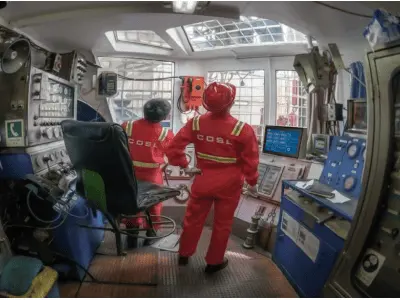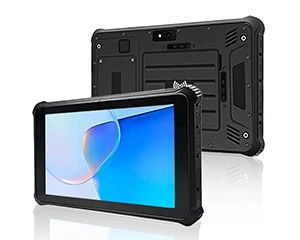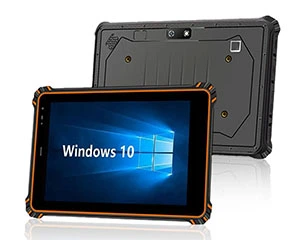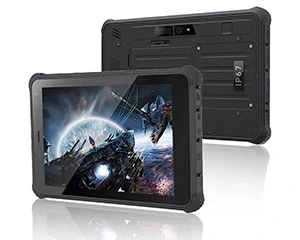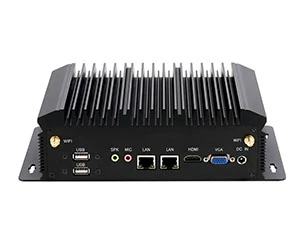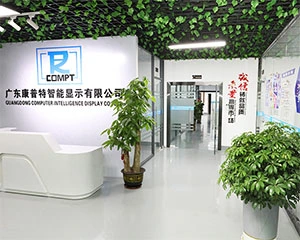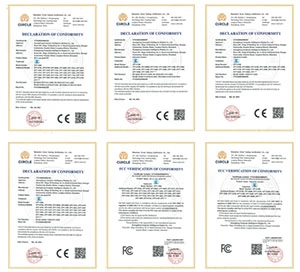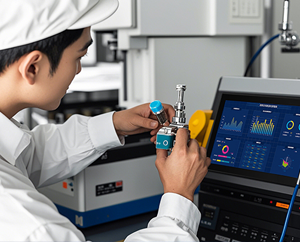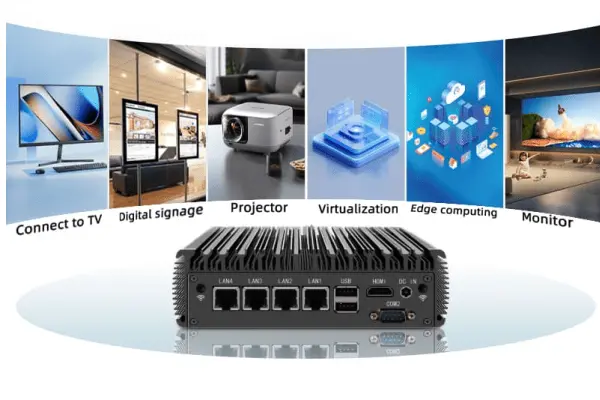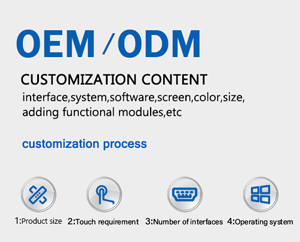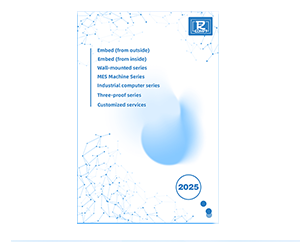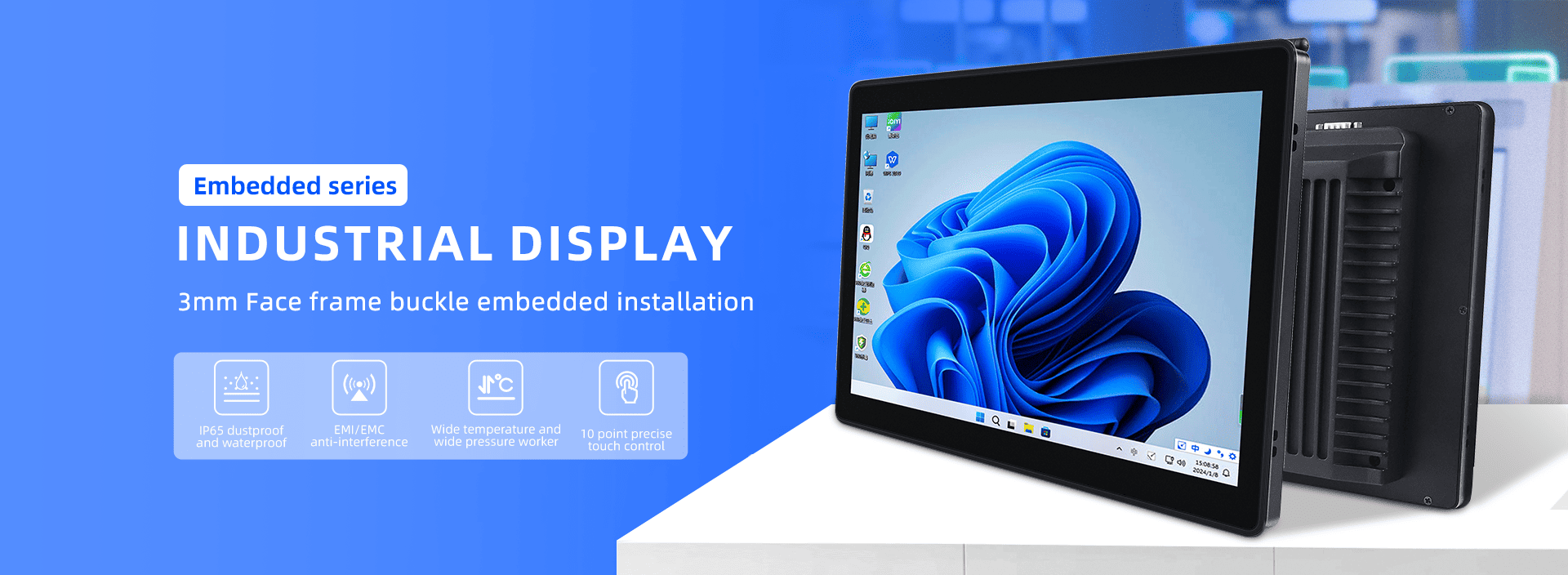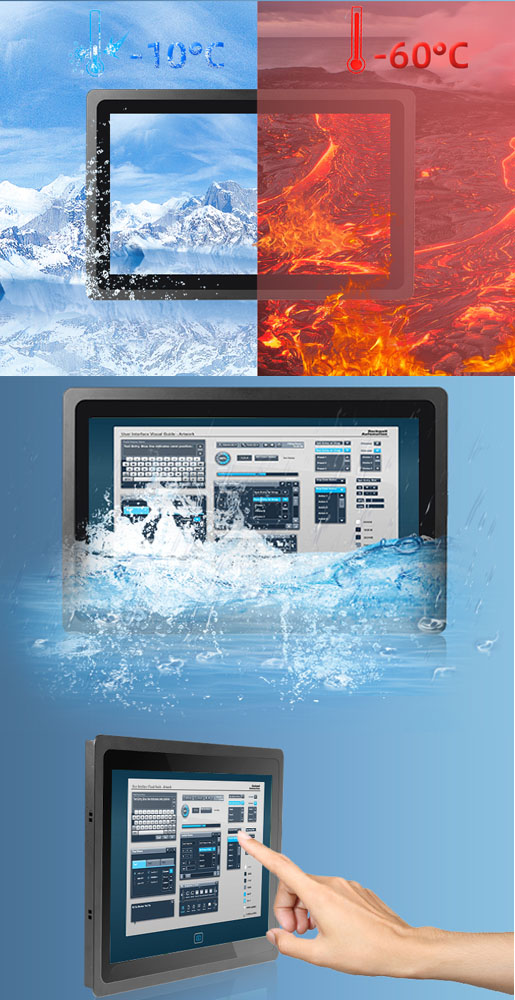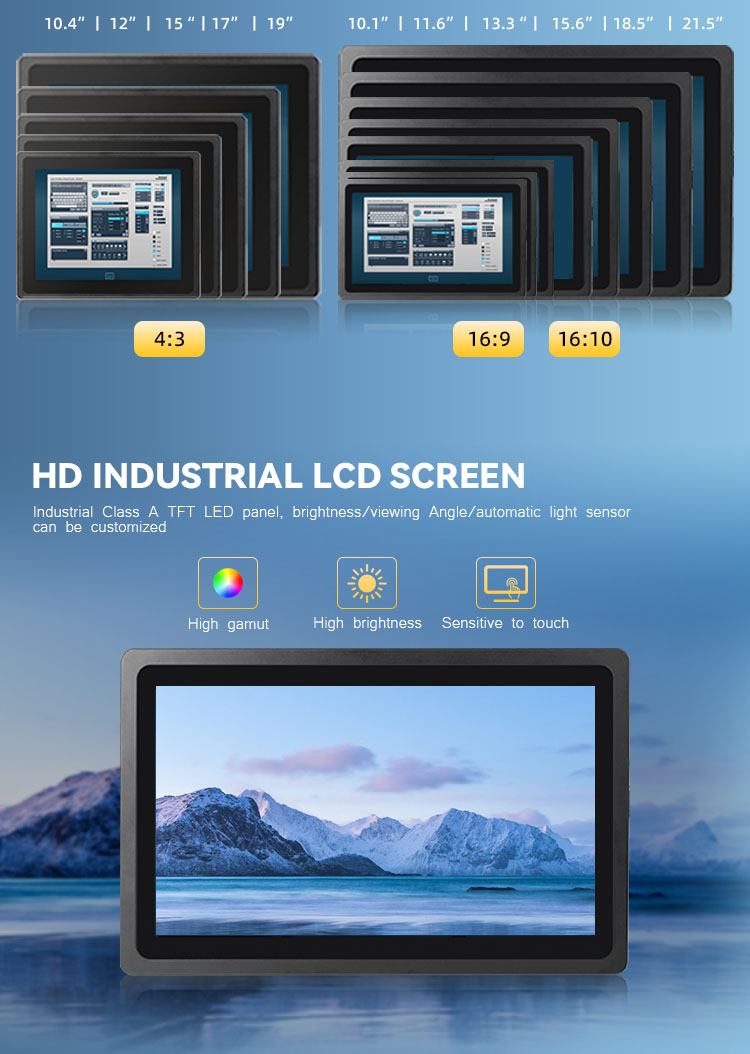Types of Compt Industrial Monitor & Display
-
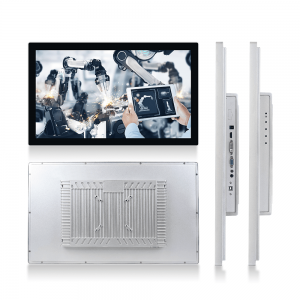
15.6 inch Wall Mount Touchscreen Industrial Display Monitors
- Screen size: 15.6 inch
- Resolution: 1920*1080
- Brightness: 250 cd/m2
- Colour: 16.7M
- Ratio: 3000:1
- Visual Angle: 89/89/89/89 (Typ.)(CR≥10)
- Display area: 344.16 (W) * 193.59 (H)mm
-
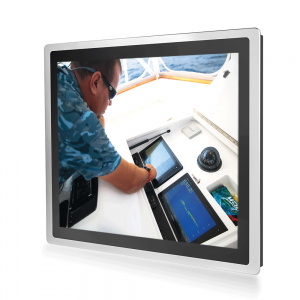
12.1″ Industrial Waterproof Touch Screens Marine Monitors
Screen Size:12.1 inch marine monitors
Screen Resolution:1280*800
Luminous:300 cd/m2
Color Quantitis:16.2M
Contrast:1000:1
Visual Range:85/85/85/85 (Typ.)(CR≥10)
Display Size:261.12(W)×163.2(H) mm
Luminousness:>85%
-
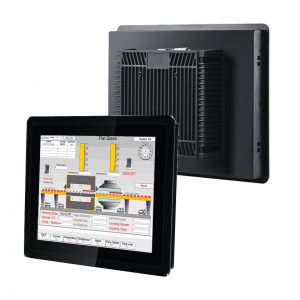
10.1 inch Industrial Monitor Touch Screen with IP65 Water Proof Embedded Monitor
Industrial Monitor Touch Screen (Embedded Industrial Display) with IP65 Water Proof Embedded Monitor
Designed to meet the demands of any industrial environment, this embedded computer is ideal for those looking for a robust and durable solution. With its rugged construction and waterproof design, it is ideal for use in outdoor environments, factories, warehouses, and other industrial environments where harsh conditions are commonplace.
The Industrial Panel PC Touch Screen features a touch screen display for easy navigation and operation. Its large display provides a clear view of system status, keeping you informed about your operations in real time. Plus, its one-piece design means you don’t need to worry about buying multiple components for your system, saving you time and money!
-
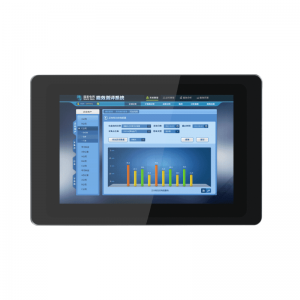
13.3″ Industrial Flat LCD Display Touch Screen Monitors
Screen Size: 13.3 inch Industrial Display Screens
Screen Resolution: 1920*1080
Luminous: 400 cd/m2
Color Quantitis: 16.7M
Industrial Display Screens Contrast: 1000:1
Visual Range: 85/85/85/85 (Typ.)(CR≥10)
Display Size: 293.76(W)×165.24(H) mm
-
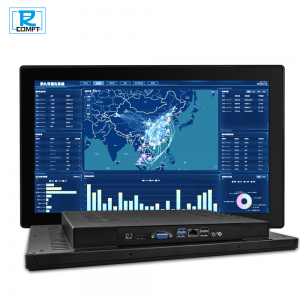
Sunlight Readable Display | Industrial All In One Computer – COMPT
Our COMPT Sunlight Readable Monitor in Industrial All In One Computer is designed for outdoor and high brightness displays that are clearly visible under strong sunlight.
Name: Sunlight Readable Display Computer
Screen ratio:16:9 16:10
Brightness: 300~1000 nits
Customisable: dimensions, ports, functions, mounting methods, etc.
-
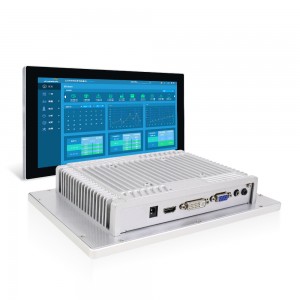
10.1″ Sunlight Readable Monitor | Outdoor High Brightness Monitor – COMPT
Name: Sunlight Readable Monitor
screen size:10.1inch
Resolution:1280*800
Brightness:320 cd/m2
Colour:16.7M
Ratio:1000:1
visual Angle:80/80/80/80 (Typ.)(CR≥10)
Display area:216.96(W)×135.6(H) mm
-
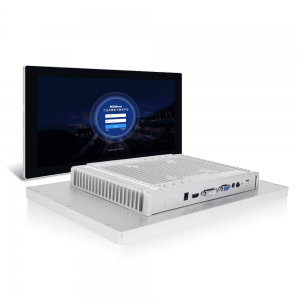
12 inch Fan-less fully enclosed design industrial displays
Industrial display adopts all-aluminum alloy structure, fan-less fully closed design scheme, the whole machine is low power consumption, compact shape, is specially designed for a variety of environmental industrial products, can ensure a long time stable work in harsh environment.
- Model:CPT-120M1BC3
- Screen Size:12 inch
- Screen Resolution:1024*768
- Product size:317*252*62mm
- N.W. :3.5KG

